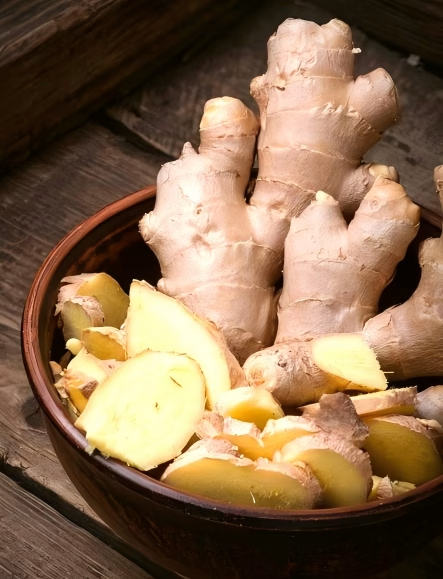What’s the difference between young, pink, old ginger? Is turmeric also a type of ginger? Preservation tips for various types of ginger are available.
Ginger is a common ingredient in cooking for removing fishy smells and enhancing flavor. Some dishes, desserts, and drinks even require ginger, such as stir-fried large intestines with shredded ginger, ginger duck, ginger milk, and ginger tea.
What’s the difference between young ginger, pink ginger, and aged ginger?
They’re actually the same type of ginger, differentiated by their maturity at harvest. The order of storage durability is old ginger, pink ginger, and young ginger.
Young ginger: It has a more delicate skin and succulent flesh, high in juice and low in fiber. It’s suitable for eating raw, seasoning, and pickling. Young ginger has a shorter storage life than the other two types of ginger. Young ginger is in season from May to August and is harvested approximately four months after planting.
Pink ginger: It has coarser fibers and a stronger spiciness, making it unsuitable for raw consumption. Therefore, it’s often used as a garnish in dishes or processed into ginger candy and ginger tea. Pink ginger is in season from August to November and is harvested approximately six months after planting.
Old ginger (Jiang Mu): Old ginger is commonly known as Jiang Mu. Its rhizome is fully mature and aged, resulting in a thick, rough skin, tough, and fibrous flesh. It has little juice but a strong spicy flavor and is often used as a tonic.
How to store ginger:
It is recommended to wrap young ginger in plastic wrap (or in a box) and refrigerate it for about a week.
For fine ginger, it is recommended to peel, slice, or shred it, and freeze it for about three months. However, if you use it frequently, you can also store it as young ginger.
As for old ginger, simply brush off any surface sand and store it in a cool, well-ventilated place. It will keep for about a month.
Is turmeric actually ginger?
Is turmeric, which doctors believe can help fight inflammation, also ginger? While turmeric does look like ginger, it is not actually ginger!
Ginger is a plant in the genus Zingiberaceae, Zingiberaceae. While turmeric is also in the Zingiberaceae family, it belongs to the Curcuma genus, not the Zingiberaceae family.
Therefore, turmeric can be said to be a distant relative of ginger. Turmeric has a bitter, slightly spicy and earthy taste and is often used as a spice, natural dye and health food.


Leave a Reply